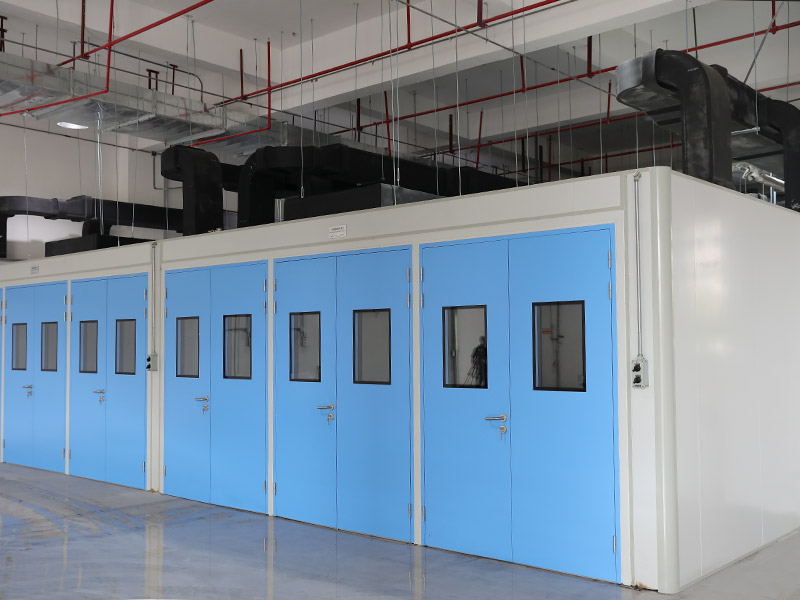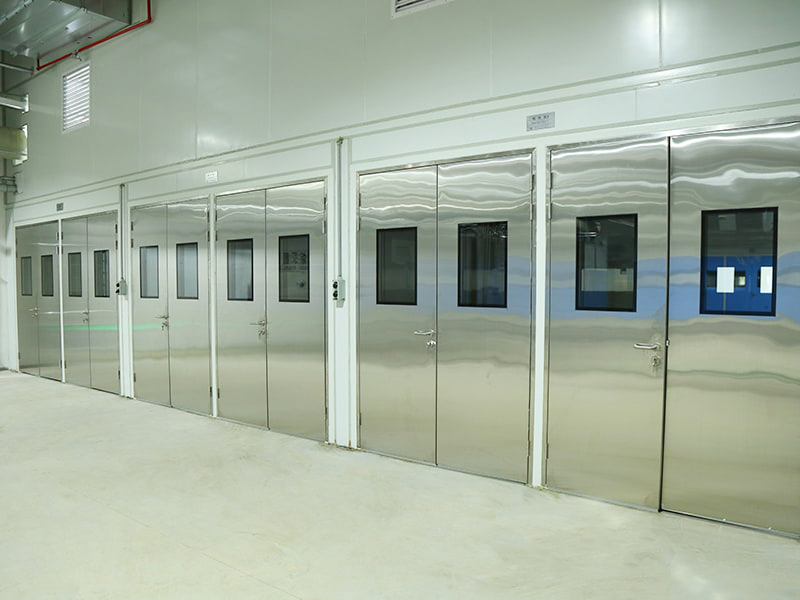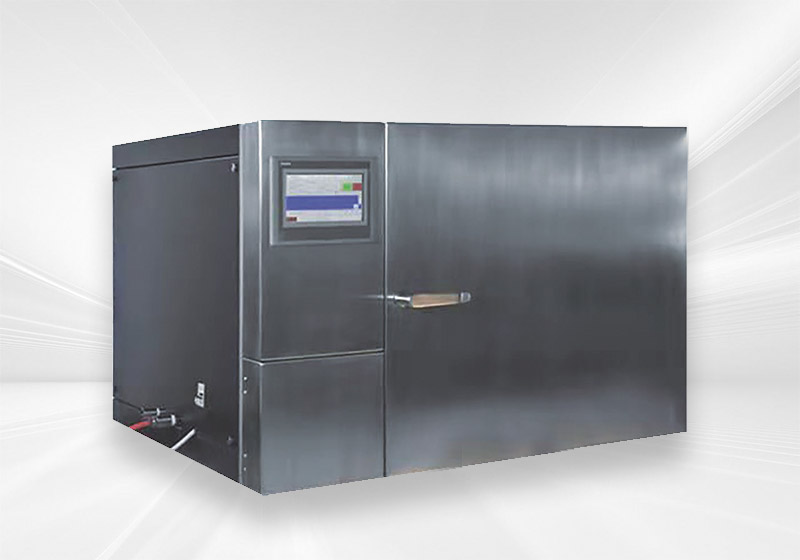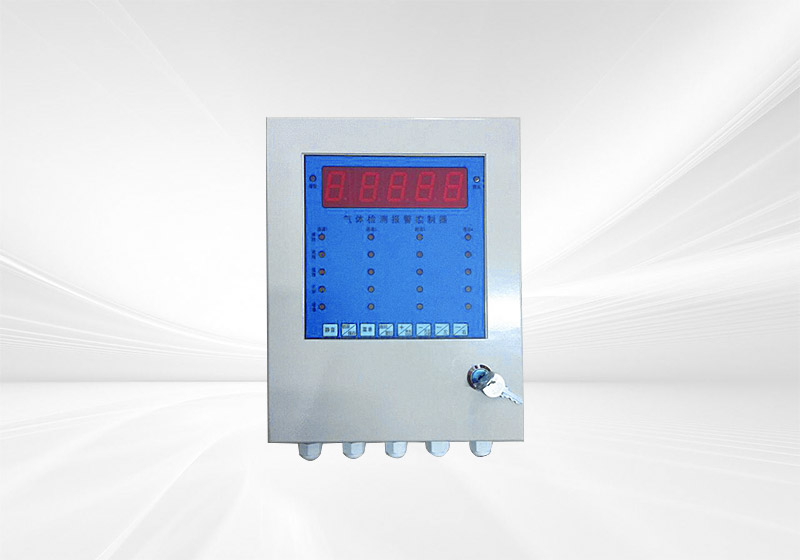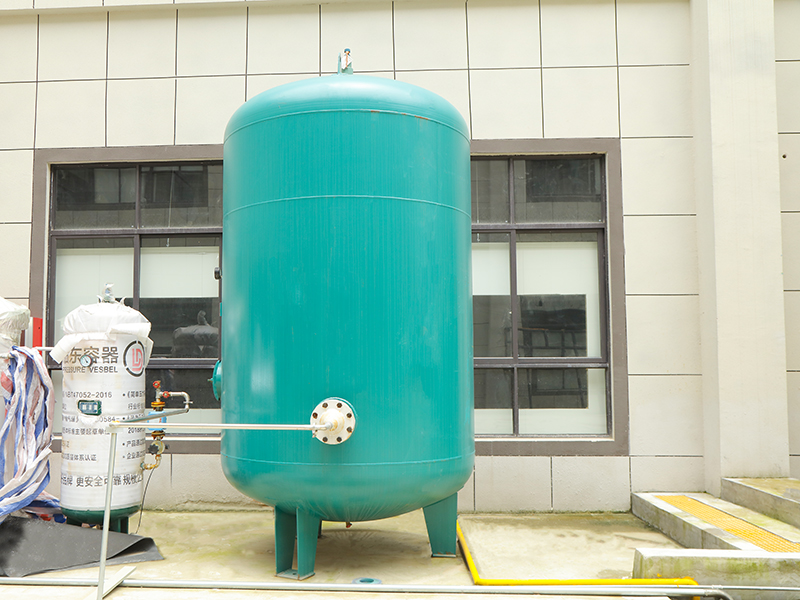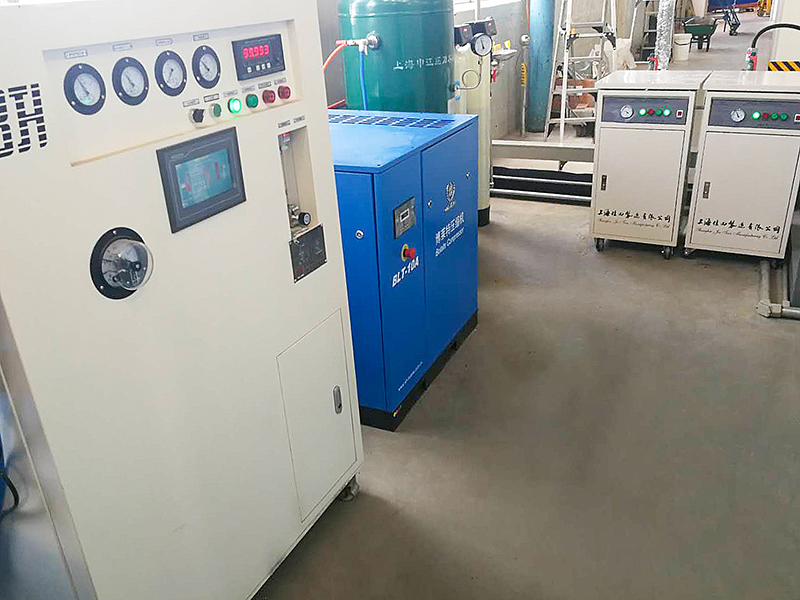Endüstri bilgi
What is the importance of an ethylene oxide scrubber in the chemical industry?
An ethylene oxide scrubber plays a crucial role in the chemical industry due to the importance of managing ethylene oxide (EO) emissions. Ethylene oxide is a highly versatile chemical used in the production of various consumer goods, such as plastics, detergents, and pharmaceuticals. However, it is also a hazardous air pollutant and a known carcinogen.
The significance of an ethylene oxide scrubber lies in its ability to remove and control ethylene oxide emissions from industrial processes. By employing appropriate scrubbing techniques, an ethylene oxide scrubber helps mitigate the release of this harmful compound into the atmosphere, protecting the environment and ensuring the safety and well-being of workers and nearby communities.
Ethylene oxide scrubbers facilitate compliance with stringent environmental regulations and emissions standards set by government agencies. Effective scrubbing systems are essential for chemical companies to maintain their operating licenses, meet regulatory requirements, and avoid potential fines or penalties associated with excessive ethylene oxide emissions.
Furthermore, ethylene oxide scrubbers contribute to the overall sustainability efforts of the chemical industry. By minimizing ethylene oxide releases, these scrubbers help reduce the environmental impact associated with this hazardous compound, supporting the industry's commitment to environmental stewardship and corporate social responsibility.
How does an ethylene oxide scrubber function to remove contaminants from industrial emissions?
An ethylene oxide scrubber employs a combination of physical and chemical processes to remove contaminants, specifically ethylene oxide, from industrial emissions. The exact operation may vary depending on the specific design and configuration of the scrubber, but the fundamental principles remain consistent.
The primary mechanism used in an ethylene oxide scrubber is absorption. The process involves bringing the contaminated gas stream, which contains ethylene oxide, into contact with a liquid scrubbing medium. The scrubbing medium is typically a solvent or a solution that has a high affinity for ethylene oxide.
As the contaminated gas stream passes through the scrubber, the ethylene oxide molecules dissolve into the liquid scrubbing medium. This absorption process is facilitated by the contact between the gas and the liquid phase, which provides a large interfacial area for mass transfer to occur.
The choice of scrubbing medium is critical in the efficiency of ethylene oxide removal. Commonly used scrubbing solutions include water, caustic soda (sodium hydroxide), or proprietary chemical mixtures specifically designed for ethylene oxide scrubbing. These solutions react chemically with ethylene oxide, further enhancing its removal from the gas stream.
The design of the scrubber system also includes various components to optimize the scrubbing process. These may include packed beds or trays to increase the surface area for contact between the gas and liquid phases, as well as baffles or mist eliminators to separate the liquid droplets from the gas stream.
After the absorption process, the liquid scrubbing medium containing the dissolved ethylene oxide is collected and treated separately to recover or destroy the ethylene oxide. This step ensures that the captured ethylene oxide does not become a secondary source of emissions or pose environmental risks.

